Phenolic Pipe Insulation Section: Best Practices for Thermal Performance
2025-08-25 05:17:08
In piping systems, maintaining thermal stability is not just about efficiency—it directly impacts operating costs and system reliability. Among the available insulation materials, Phenolic Pipe Insulation Section is widely recognized for its low thermal conductivity, moisture resistance, and fire safety.
When correctly specified and installed, this insulation type can help reduce heat transfer, prevent condensation, and extend the service life of pipelines in both hot and cold applications. This guide outlines the essential practices for achieving optimal results with Phenolic Pipe Insulation Section.
1. What Makes Phenolic Pipe Insulation Section Unique
Phenolic Pipe Insulation Section is manufactured from phenolic foam, a rigid closed-cell material designed to limit heat flow. Its structural integrity and insulation capacity make it suitable for a variety of applications, from chilled water systems to high-temperature process lines.
Main benefits include:
·Exceptional Thermal Performance – Maintains energy efficiency by minimizing heat gain or loss.
·Low Permeability to Water Vapor – Reduces the risk of moisture intrusion and related issues.
·Corrosion Prevention – Helps guard against corrosion under insulation (CUI).
·Strong Fire Resistance – Self-extinguishing properties with low smoke generation.
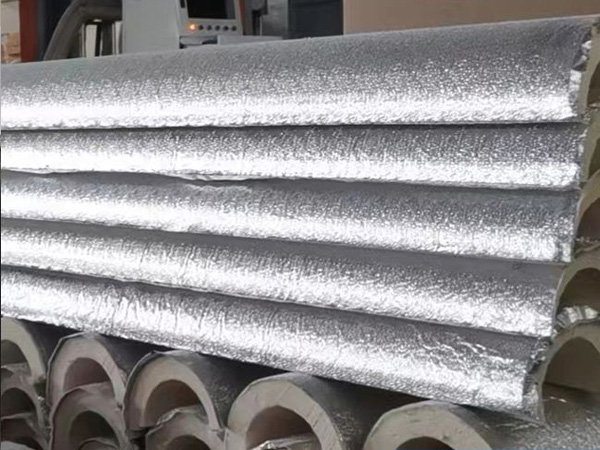
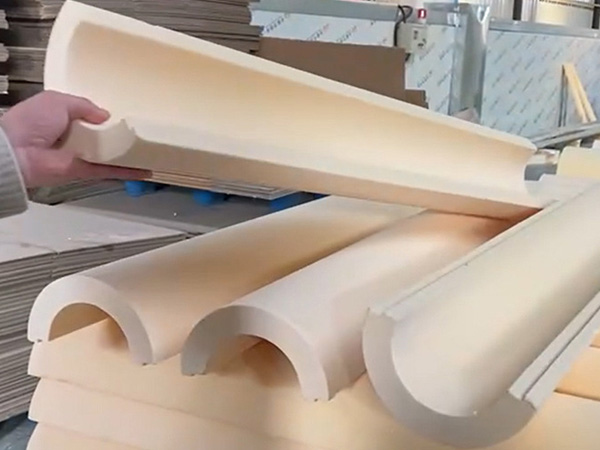
2. Choosing the Right Specifications
The effectiveness of any insulation project begins with the correct product selection. For Phenolic Pipe Insulation Section, factors to evaluate include:
·Temperature Range – Confirm that the insulation can handle the full operating temperatures.
·Pipe Dimensions and Insulation Thickness – Match thickness to efficiency goals and regulatory standards.
·Installation Environment – For outdoor setups, apply protective jacketing against weather and UV damage.
·Compliance – Ensure conformity with applicable safety and energy efficiency codes.
Correctly matching specifications to the operating conditions is key to long-term performance.
3. Installation Techniques for Peak Efficiency
Even the most advanced insulation can fail to meet expectations if installed improperly. To ensure Phenolic Pipe Insulation Section delivers its intended benefits:
1.Prepare the Pipe Surface – Clean and dry the pipe, removing any rust or debris.
2.Accurate Fit – Align insulation sections without gaps to prevent thermal bridges.
3.Secure Joints – Seal both longitudinal and circumferential seams with approved adhesives or sealants.
4.Moisture Control in Cold Applications – Incorporate a continuous vapor barrier to prevent condensation.
5.Use Appropriate Supports – Select hangers or saddles that protect insulation from compression.
Precision during installation directly impacts thermal performance and lifespan.
4. Keeping Moisture Out
Moisture intrusion is one of the fastest ways to degrade insulation performance. While Phenolic Pipe Insulation Section has inherent moisture resistance, additional protection measures are recommended:
Install Quality Vapor Retarders – Particularly important for chilled water and refrigeration lines.
Inspect Seals Regularly – Replace or repair compromised seals to maintain vapor protection.
Avoid Damage During Maintenance – Prevent accidental punctures or cuts in the insulation.
Effective moisture control safeguards both insulation efficiency and the piping system itself.


5. Fire Safety Measures
One of the strengths of Phenolic Pipe Insulation Section is its fire-retardant capability. To fully leverage this advantage:
Follow Fire Safety Regulations – Adhere to building and fire code requirements during installation.
Select Fire-Rated Accessories – Use adhesives, covers, and barriers that match the insulation’s fire performance.
Avoid Mixing with Flammable Materials – Keep insulation systems consistent in fire-sensitive areas.
These measures enhance safety without compromising thermal efficiency.
6. Maintenance for Long-Term Performance
Ongoing inspection and upkeep are crucial for maintaining insulation efficiency. With Phenolic Pipe Insulation Section, recommended practices include:
Periodic Inspections – Look for signs of compression, cracking, or moisture ingress.
Prompt Repairs – Address any damage quickly to prevent further heat loss or condensation.
Performance Monitoring – Track system energy data to detect gradual declines in insulation effectiveness.
Routine care ensures the insulation continues to deliver consistent results over time.
7. Achieving Maximum Energy Savings
A well-installed Phenolic Pipe Insulation Section system can significantly reduce energy consumption and operating expenses. To maximize this benefit:
Choose insulation thickness based on climate, system type, and energy goals.
Incorporate insulation planning into broader energy management strategies.
Adjust or upgrade insulation where performance monitoring indicates improvement potential.
Integrating insulation into a full-system approach amplifies both savings and reliability.
Conclusion: Long-Term Value of Phenolic Pipe Insulation Section
From superior heat retention to moisture resistance and built-in fire safety, Phenolic Pipe Insulation Section offers a comprehensive insulation solution for diverse piping applications. The combination of proper product selection, precise installation, and regular maintenance ensures long-term efficiency, safety, and cost control.
Whether for new builds or retrofits, investing in Phenolic Pipe Insulation Section is a practical step toward sustainable and reliable piping system performance.
References
GB/T 7714:Al-Homoud M S. Performance characteristics and practical applications of common building thermal insulation materials[J]. Building and environment, 2005, 40(3): 353-366.
MLA:Al-Homoud, Mohammad S. "Performance characteristics and practical applications of common building thermal insulation materials." Building and environment 40.3 (2005): 353-366.
APA:Al-Homoud, M. S. (2005). Performance characteristics and practical applications of common building thermal insulation materials. Building and environment, 40(3), 353-366.
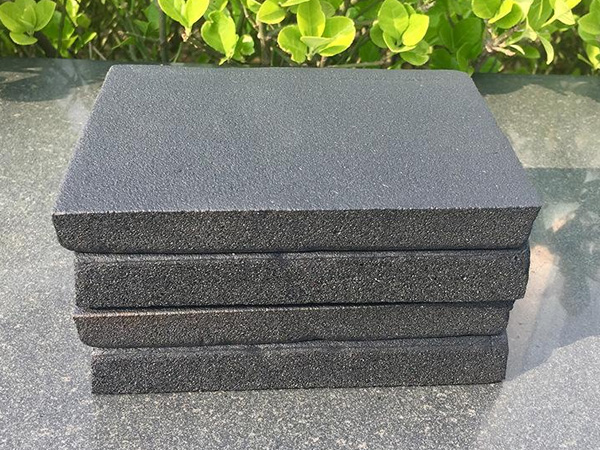
OurFlame Retardant Rubber Foamis a premium closed-cell elastomeric insulation material engi...
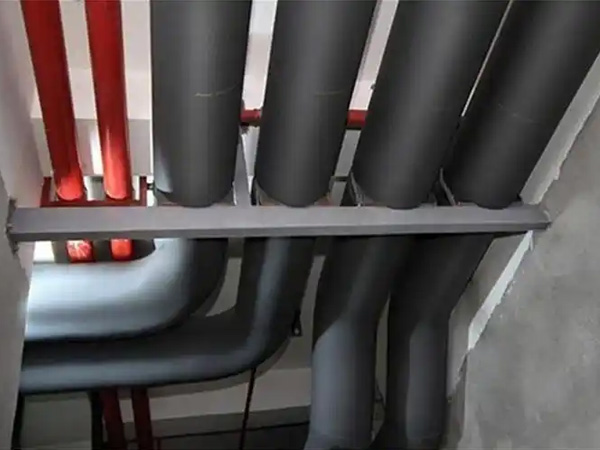
OurRubber Pipe Insulationis a high-performance solution designed specifically for HVAC pipi...
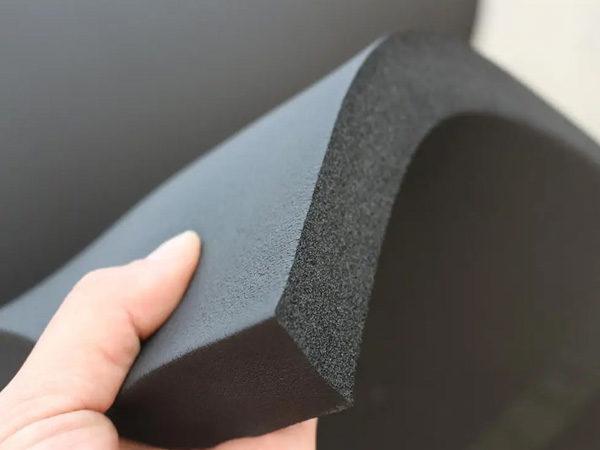
Rubber Foam Insulation Sheet – Product Introduction Premium Flexible Insulation for Therm...
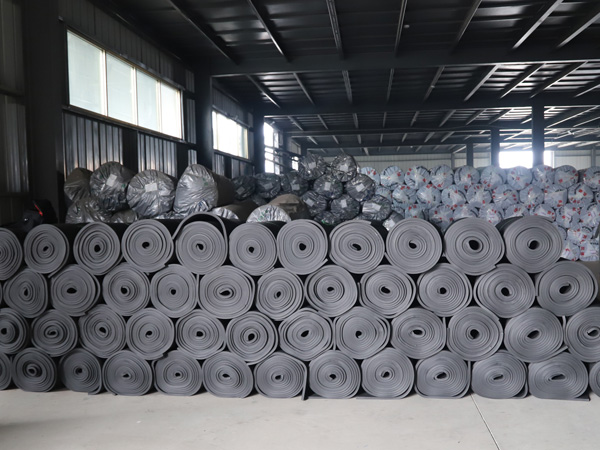
Specially engineered for refrigeration applications, ourElastomeric Rubber Insulationprovid...



